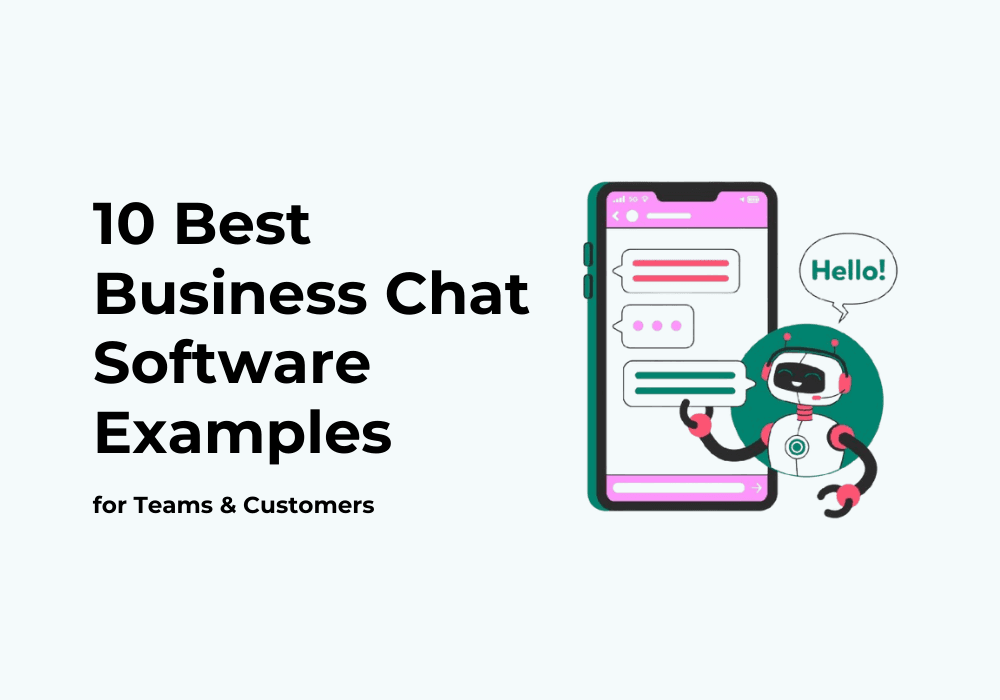March 26, 2025
Customer Support Tiers: 5 Key Levels + Steps to Set Yours Up Today
Do you want to optimize and improve your overall customer experience while also retaining your employees? You need an effective customer support tier.
Businesses that do not implement their customer support tiers into their operations miss out on greater operational efficiency. These customer support tiers ensure efficient resolution of issues by directing them to the appropriate level of support.
Let’s explore customer support tiers in detail: what it is, benefits, the 5 key levels, real-life examples, and how to implement them.
Key Takeaways
- Customer support tiers enhance customer experience and operational efficiency.
- The five levels of customer support tiers are Tier 0: self-service, Tier 1: general, Tier 2: technical, Tier 3: expert, and Tier 4: third-party.
- Tier 0 empowers customers to address issues independently and promptly while allowing support agents to focus on complex issues.
- Tiers 1-3 handle issues that are complex and require a high level of expertise.
- Tier 4 involves assistance from external or third-party support
What Is A Customer Support Tier?
A customer support tier is a structured system that is used to categorize customer inquiries into different levels (tiers) based on complexity and level of expertise required. Putting this structure in place fosters enhanced efficiency and customer experience. It also allows for prompt and efficient assistance to be provided to customer concerns.
There are key levels in customer support tiers, which increase based on the level of assistance required. A higher support tier indicates a more complex issue that needs a more specialized customer support agent.
For instance, when customers raise an issue, they are first directed to the lowest level of customer support. At this level, the customer support agent in the lowest support level attends to the issue at hand. If the agent can, the agent resolves the issue. If otherwise, the system will direct the issue to a higher-level support agent with more expertise. This process goes on and on until the issue is eventually resolved.
Benefits of Customer Support Tiers
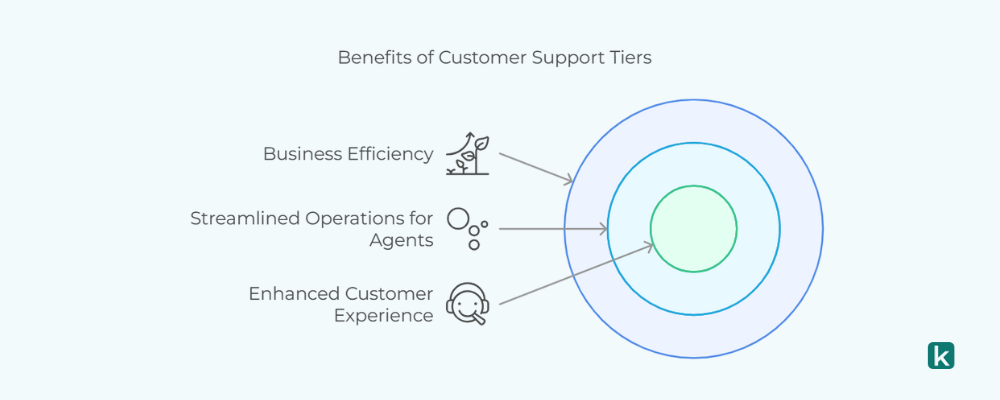
The business landscape is highly competitive, and providing the best customer support is crucial for improving customer experience, retaining customers, and enhancing efficiency. retaining customers. The customer support tier is the solution to efficiently resolving customer issues while maintaining a smooth workflow.
Before we explore the 5 key levels of customer support, let’s consider the many benefits that come with implementing the customer support tier in your business. A customer support tier is beneficial to all stakeholders: businesses, support agents, and consumers.
Business
Customer support tiers ensure the business maintains efficiency, even as customer support requests and queries increase. As business expands, so does its customer base. This leads to a higher volume and complexity of support tickets. The answer to managing these complexities lies in the customer support tier.
This system scales support operations seamlessly, ensuring that simple to complex issues are resolved quickly by the right level of support.
Customer Support Agents
In the resolution of customer issues, the customer support tier streamlines daily operations by providing a clear roadmap. It introduces hierarchical efficiency to support teams. Customer support agents are placed in levels based on their level of expertise and clearly assigned different support roles, resulting in a timely and efficient customer experience.
Support agents do not get easily overwhelmed with tasks when they focus on areas they are most effective. Thus, it promotes specialization, fostering skill development and career opportunities for support agents, leading to higher job satisfaction and employee retention.
Customers
Support tiers enhance customer experiences through prompt and efficient response to issues. The basic issues are addressed by the lower-level support agents, while more complex and strategic concerns are handled by the higher-level agents.
This structured approach leads to faster response times, accurate resolutions, efficiency, and seamless support experiences.
The 5 Key Levels of Customer Support Tiers
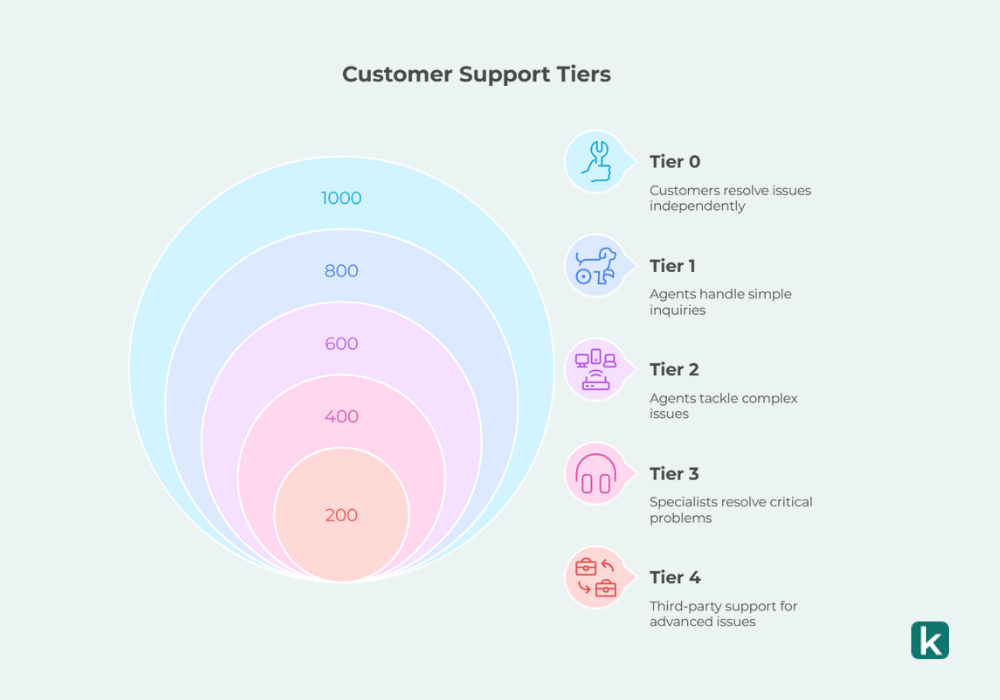
There are 5 key levels of customer support tiers. They include:
Tier 0: Self-Support Service
Tier 0 is the first level of the customer support tiers. At this stage, there are no interactions with customer support agents. Customers find answers to questions and issues by themselves. This tier minimizes workload for support agents while empowering consumers to resolve simple issues quickly.
Customers can handle tasks independently without involving support teams.
The self-support service options are:
- FAQs pages
- Automated chatbots
- Community forums
- Help centers
Tier 1: General/Basic Support
Tier 1 is the beginning of human interaction and support. Customer support agents offer basic support to customers. They are trained to handle simple and general inquiries and issues. Support agents direct customers to knowledge base content and tackle issues promptly and efficiently.
However, if they are more complex issues, a higher-level customer support agent with the necessary expertise handles them.
The general supports offered at this level are:
- Password resets
- Account setup assistance
- Account-related questions
- Basic product guidance
Tier 2: Technical Support
A complex issue that requires more expertise requires Tier 2 support. Support agents at this stage have a higher level of technical support experience and expertise. They possess in-depth knowledge of the product and troubleshooting skills to resolve these complex concerns.
The tasks handled at this level include:
- Investigating system errors
- Configuration issues
- Address software bugs or glitches
- Walking through product add-ons
When Tier 2 customer support agents cannot solve an issue, they either collaborate with or escalate them to Tier 3 support agents.
Tier 3: Expert Support
Tier 3 customer support tiers include highly skilled and technical support agents like developers, senior specialists, or engineers who handle complex and strategic issues. They have a high level of expertise.
They handle issues like:
- Advanced troubleshooting issues
- Software updates
- System failures
- Network issues
Since these support agents or experts tackle the toughest and most critical issues, response times may be delayed; however, they ensure high-quality resolutions. They handle issues that have not been experienced before and may require new functionalities or improvement. Once the issue has been resolved, they test the fixes to prevent reoccurrence of the same issue.
Tier 4: External/Third-Party Support
This type of customer support level requires assistance from external or third-party vendors or specialized consultants. Issues beyond the capabilities of customer support agents in Tiers 0, 1, 2, and 3 are outsourced to third-party vendors.
Not all businesses have Tier 4 support agents. For those that do not have, they collaborate with external partners to resolve these cases efficiently.
Tier 4 handles issues like:
- Hardware repairs
- Legal and compliance-related concerns
- Third-party integrations
For example, Microsoft works with external partners for enterprise-level support, including cloud infrastructure troubleshooting, security compliance, and software licensing assistance.
Microsoft has a long-standing business relationship with IBM to use its microchips in some of Microsoft’s products. If a consumer purchases a Microsoft product and has a technical problem related to IBM’s chip, Microsoft may engage in Tier 4 support and contact IBM about the issue.
Apple collaborates with third-party service providers for hardware repairs and warranty services. Authorized Apple Service Providers handle complex repairs that in-house support teams cannot resolve.
There are real-life examples of businesses that have implemented customer support tiers in their daily support operations to streamline issue resolution and enhance the overall customer experience. Here are some common examples:
Some Customer Support Tiers Examples
Amazon
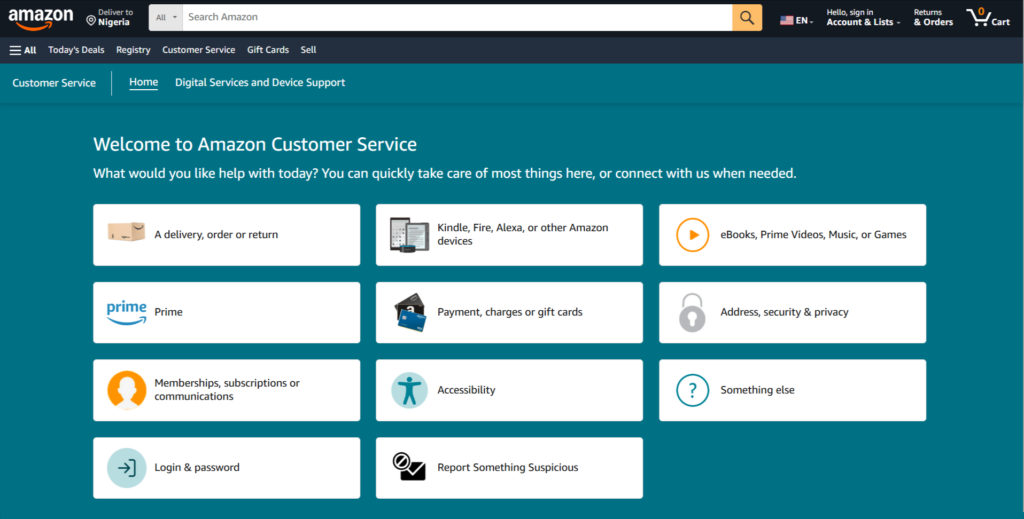
Amazon is one of the popular companies that implements the customer support tiers to handle customer issues and inquiries promptly and efficiently. They maximize the different levels through:
- Tier 0: Self-service support options such as Help Centers and automated chatbots.
- Tier 1: Customer support agents for order issues, delivery, returns, and refunds.
- Tier 3: Expert support for complex issues like advanced troubleshooting and account security.
Microsoft
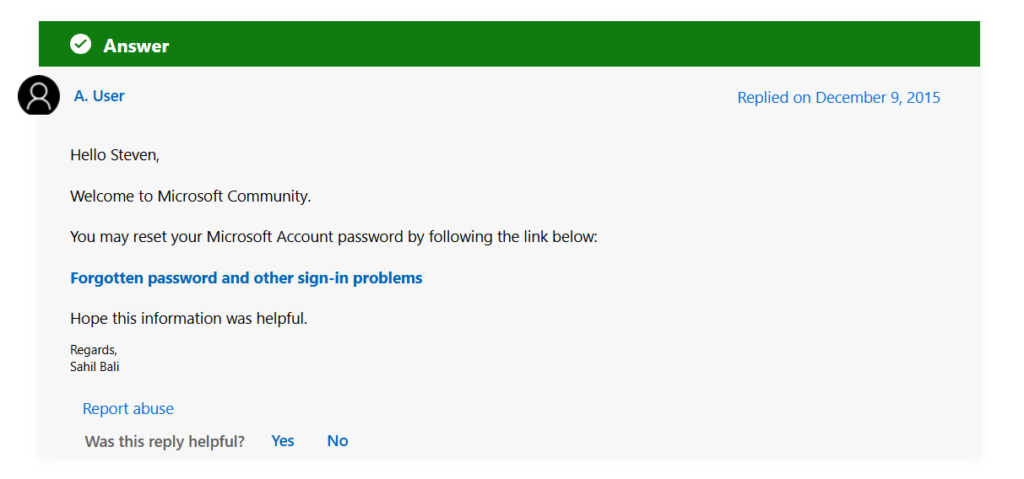
Microsoft provides tiered customer support for its software and cloud services:
- Tier 1: Basic troubleshooting and FAQs.
- Tier 2: Technical specialists for product-specific issues.
- Tier 3: Engineers handling escalated problems.
- Tier 4: External vendors for complex hardware/software integration.
Google (Google Workspace and Cloud)
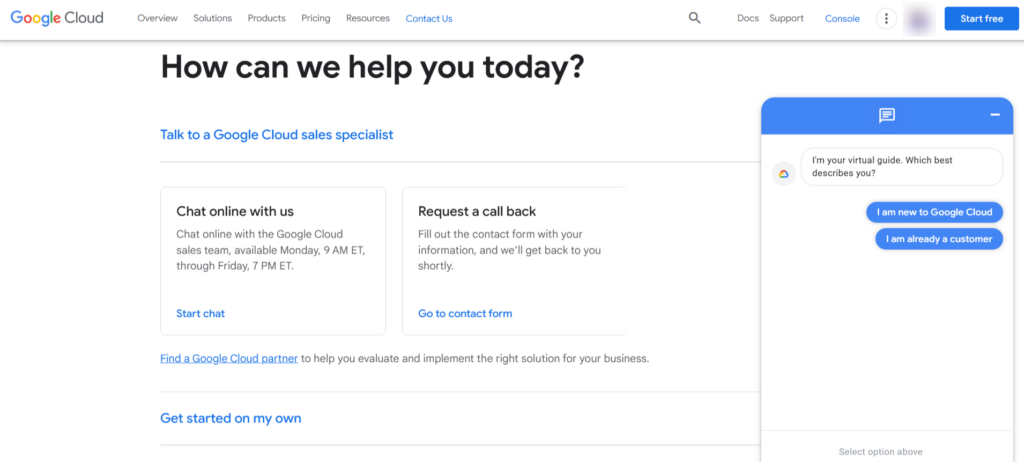
Google uses tiered support for its enterprise products:
- Tier 1: AI-powered chat support and community forums.
- Tier 2: Dedicated support teams for workspace apps.
- Tier 3: Cloud engineers for complex technical tasks.
- Tier 4: External partners for custom solutions and compliance.
How To Successfully Implement Customer Support Tiers

Now that we’ve had a comprehensive understanding and holistic view of what customer support tiers are, let’s look at how to setup support tiers in your organization.
1. Evaluate Your Support Team Strengths
Before setting up a customer support tier, carefully evaluate your existing agents. Assess your agents strengths and weaknesses to identify their level of expertise, communication abilities, and problem-solving skills.
The evaluation determines which agents are best suited for each level customer of support tiers and role assignment. It also provides invaluable insights into training needs and the overall effectiveness of the system.
2. Optimize Your Help Center and Self-Service Resources
The next step to implementing support tiers is to optimize your help center and sel-service system. A well-structured self-service support option is crucial for a successful Tier 0 support system, where basic issues are independently resolved by customers. This reduces the workload of customer support agents, allowing them to focus on more complex issues.
To effectively optimize your self-service resources, create a comprehensive knowledge base with FAQs, step-by-step guides, and through community forums. Then utilize AI chatbots to provide instant responses and relevant information.
Regularly update your self-service resources based on customer interactions, queries, and feedback.
3. Utilize a Conversational Support System
During setup, establish a conversational support framework such as AI, chatbots, virtual assistants, and messaging services. When installed, customers can directly communicate with them and resolve their issues quickly.
If issues cannot be resolved by these AI solutions, they can be easily escalated to a Tier 1 support agent, resulting in a seamless experience.
4. Establish Tier-Specific Procedures
Once you have evaluated your support team’s strengths and weaknesses, use the information to clearly define tier-specific procedures.
After assessing your support team’s strengths and weaknesses, the next step is to establish tier-specific procedures to ensure efficiency and clarity. Clearly outline the types of issues that can be categorized in each customer support tier.
For instance, Tier 1 support agents should handle basic issues, while Tier 2 and 3 tackle more complex and technical concerns.
Also determine the expertise necessary at each level of support tier for the right level of support. Remember, an effective support tier system prevents unnecessary delays and confusion.
5. Continuously Train Your Support Teams
When customer support levels have been properly structured, you need support agents to manage them. Hence the need to invest continuously in the individuals that will manage them.
The effectiveness of the tiered system depends largely on customer support teams. Ensure that they have the necessary technical knowledge and customer service skills to perform their duties effectively.
Continuously organize training and development programs. Support agents can only deliver quality service based on the knowledge and skills they acquire.
Kelpo.AI: An Effective Customer Support Tier System
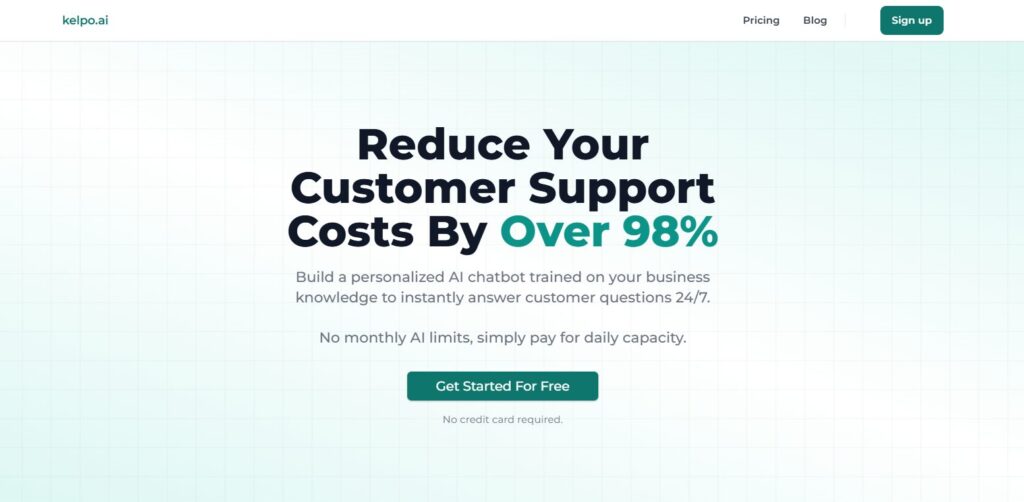
Kelpo.ai specializes in AI-driven Tier 0 and Tier 1 customer support. It helps businesses streamline their self-service options. Their AI-powered chatbots provide instant, accurate responses by pulling information from a company’s knowledge base, reducing the need for human intervention. This allows customers to resolve simple inquiries 24/7 without waiting for an agent.
By handling FAQs and common troubleshooting issues, Kelpo.ai significantly reduces Tier 1 support requests, helping businesses cut costs by up to 98%. Their solution also integrates seamlessly with existing customer support systems, ensuring smooth escalations to human agents when necessary.
Ready to deliver fast, scalable, and efficient customer support? Get started today with Kelpo.ai and transform your customer experience.
FAQs
What Are Customer Support Tiers?
Customer support tiers are structured systems used to categorize customer issues into different levels based on how complex they are and the level of expertise needed.
Why Are the 5 Levels of Customer Support Tiers Necessary?
The 5 levels of customer support tiers are necessary for specialization, resource optimization, enhanced customer satisfaction, and efficiency.
What Are 5 Levels of the Customer Support Tiers?
The customer support tiers list includes Tier 1 (self-service support), Tier 2 (general/basic support), Tier 3: expert support, and Tier 4: third-party/external support.
